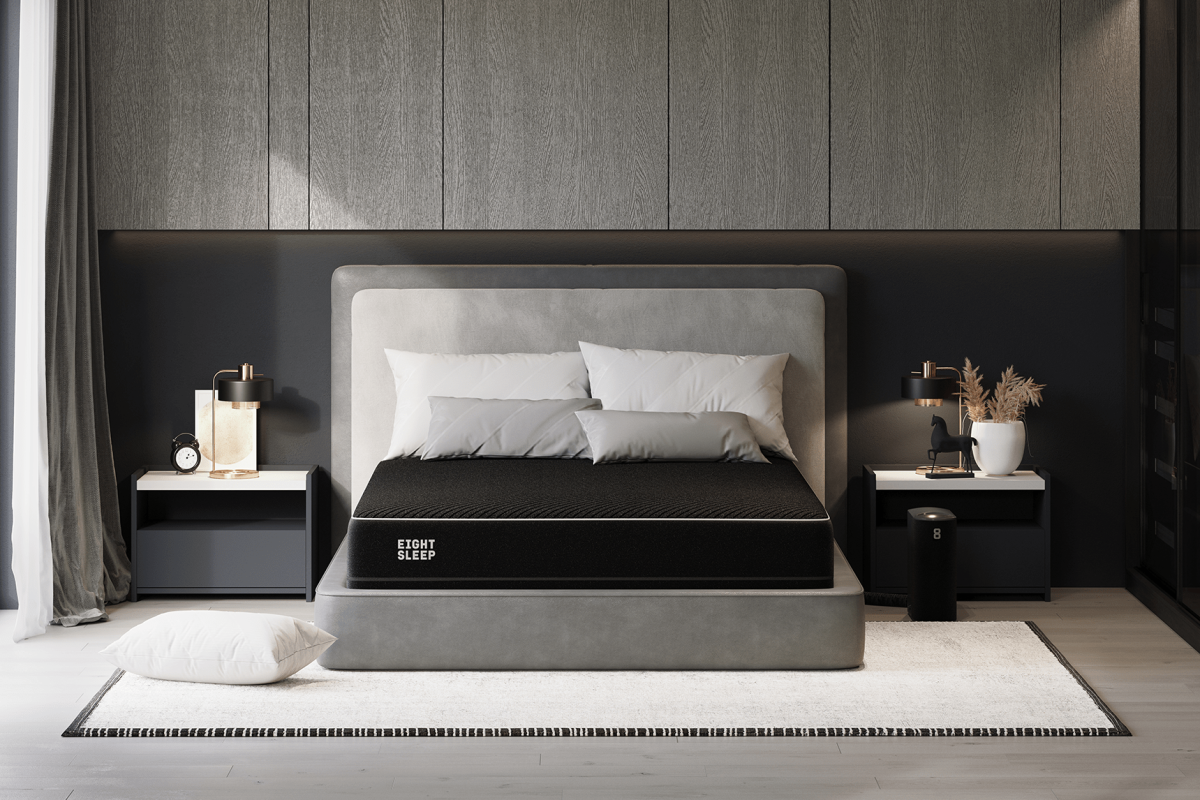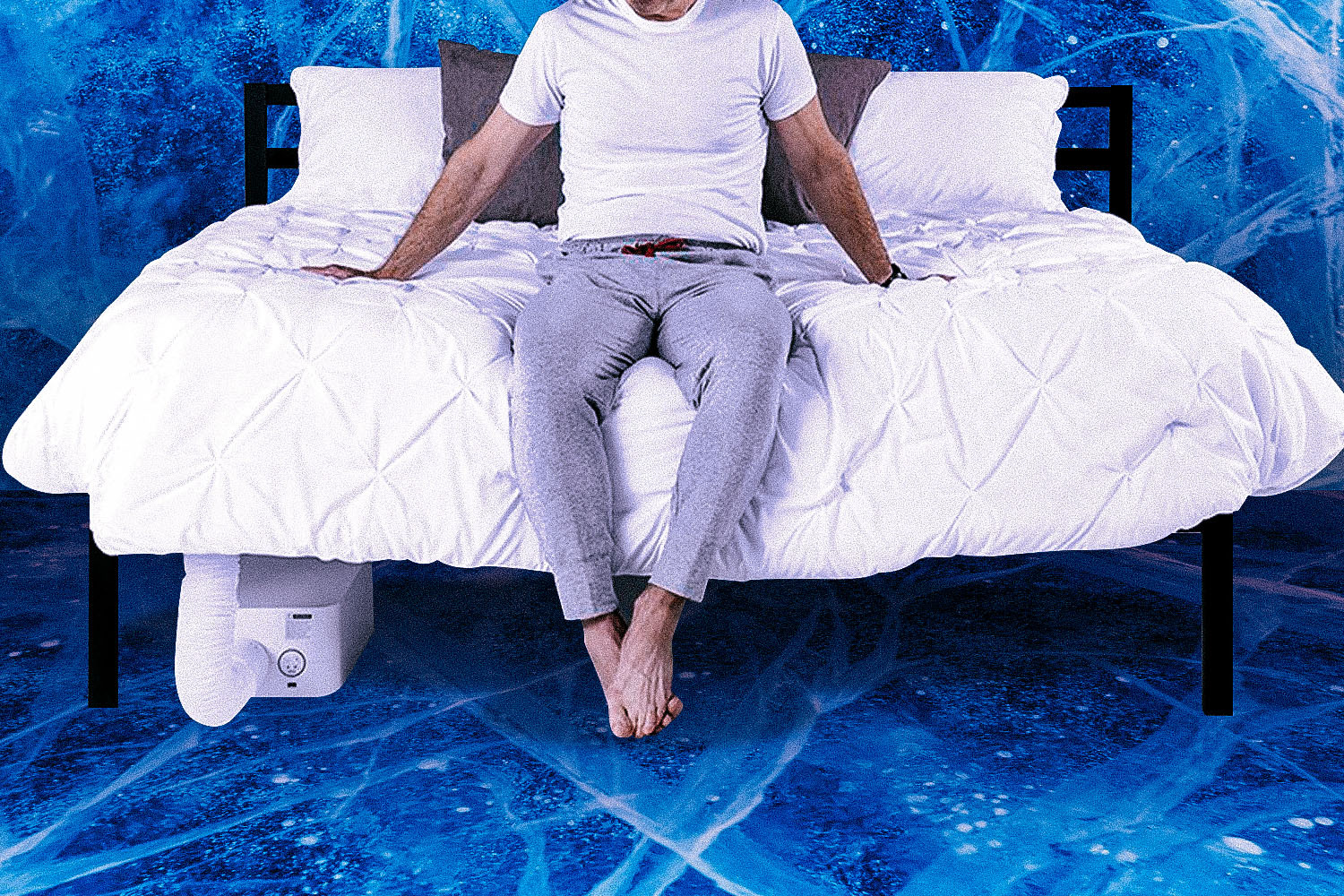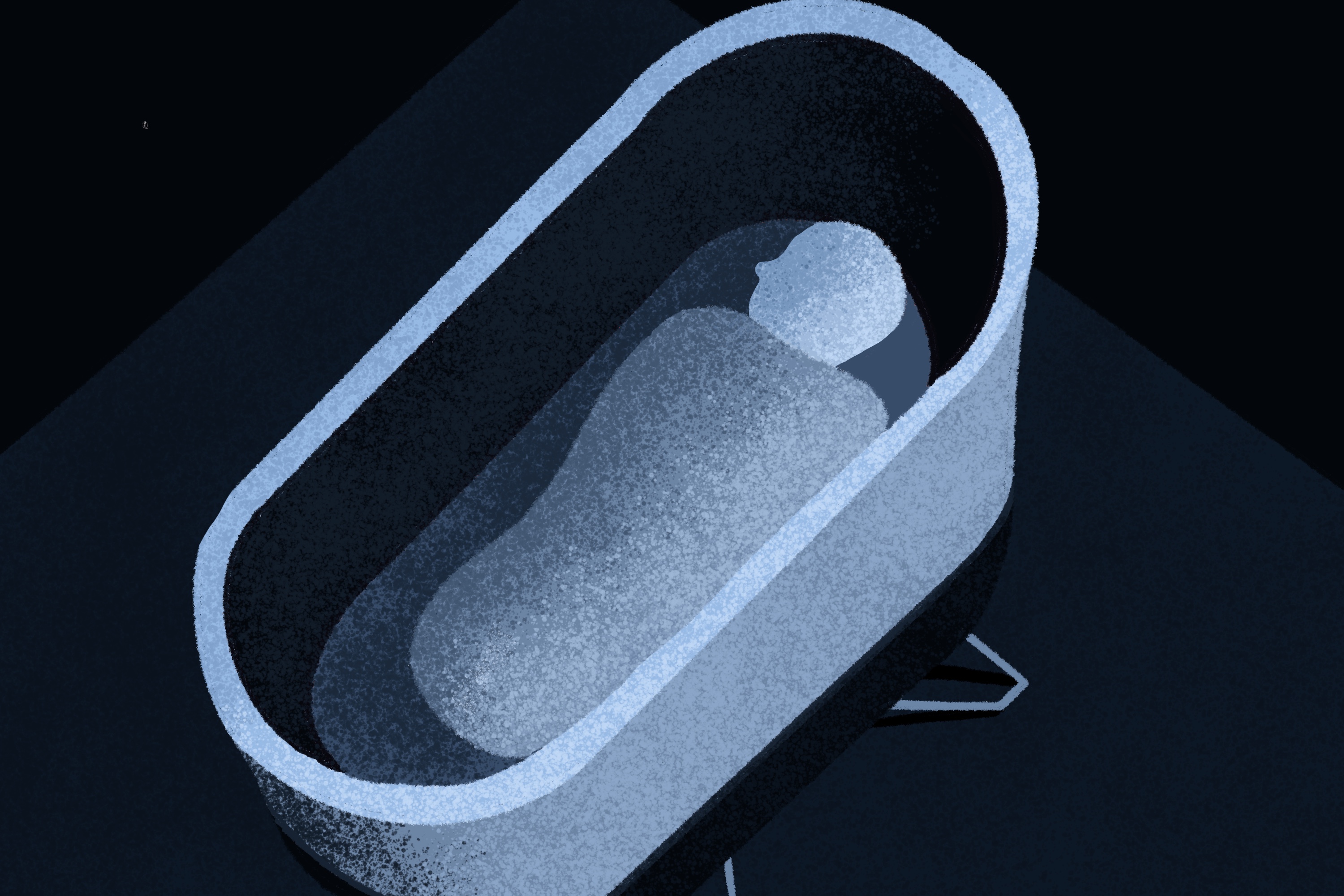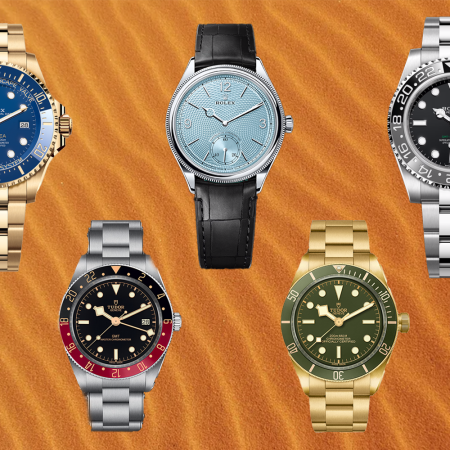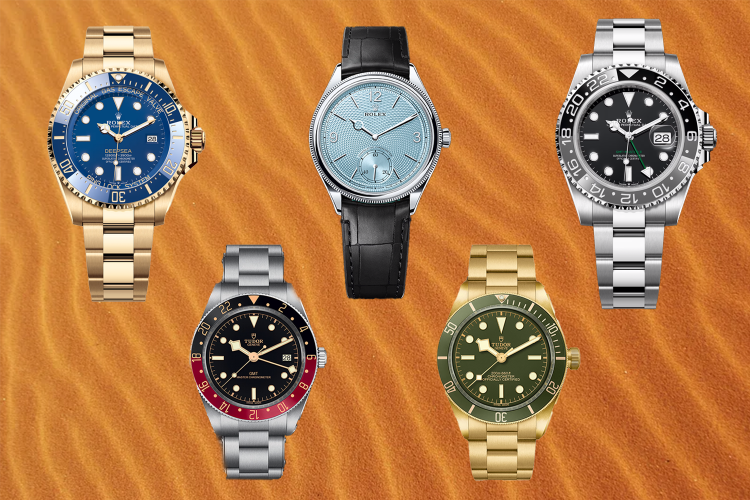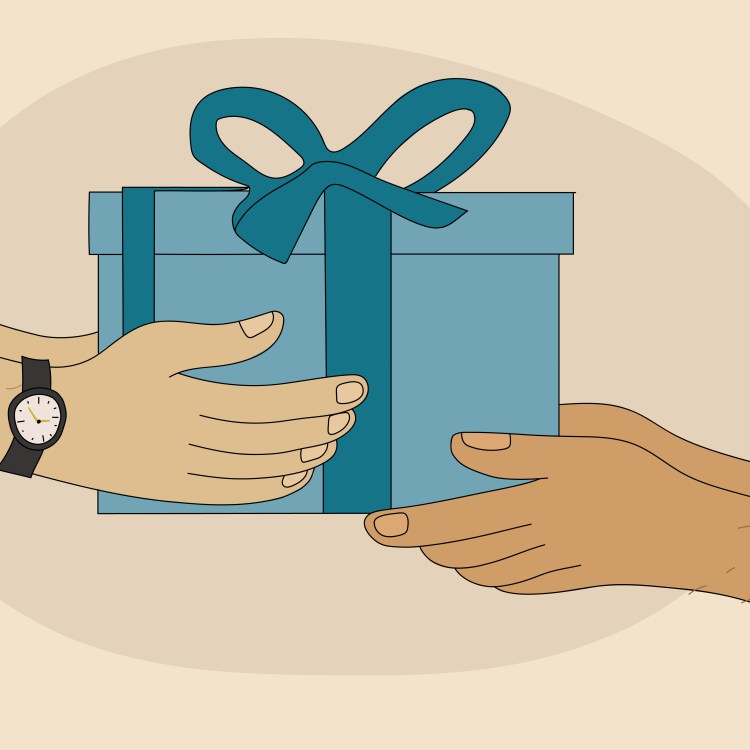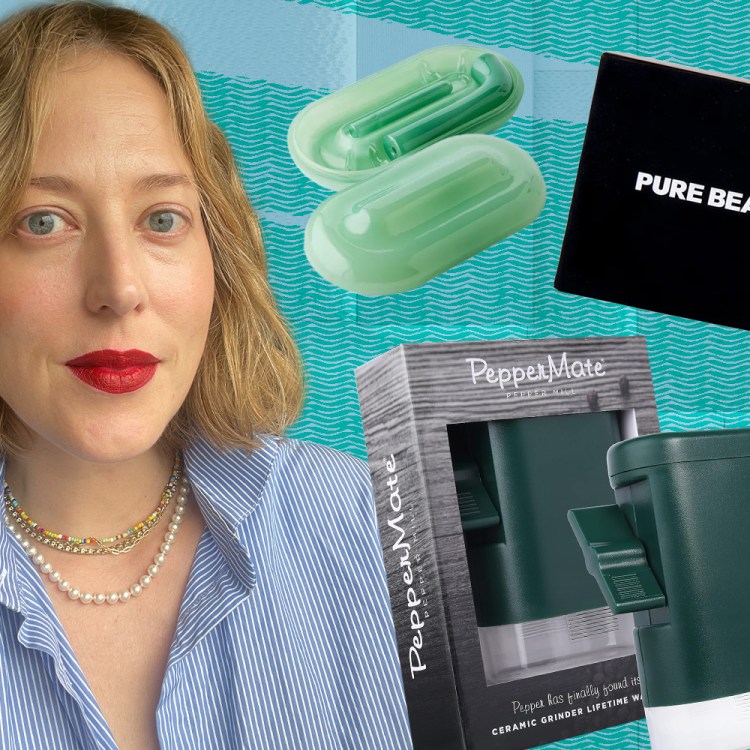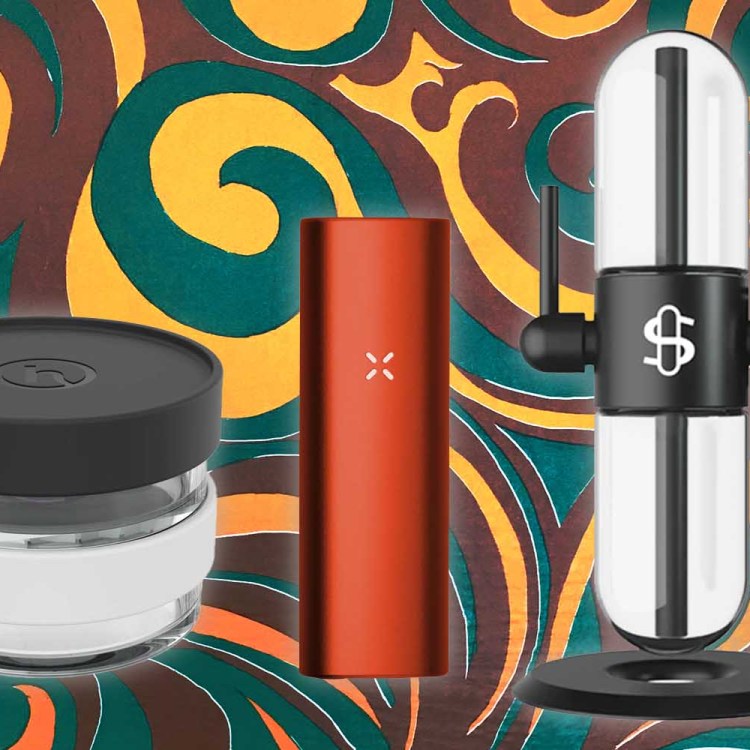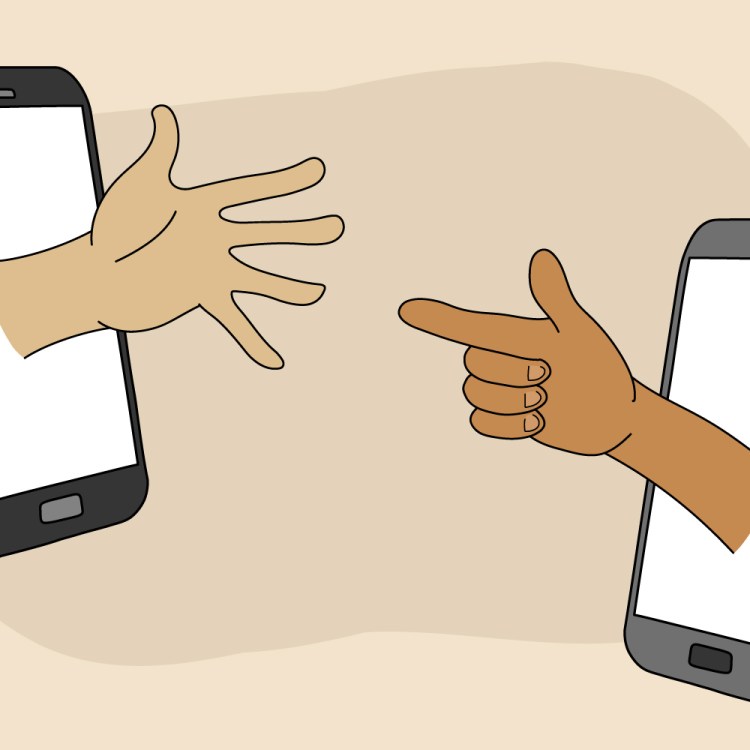Nota bene: If you buy through the links in this article, we may earn a small share of the profits.
The assorted goods and chattel that NBA players conveyed with them into the NBA Bubble at the ESPN Wide World of Sports Complex in Orlando have been a topic of great public interest in recent months. Some brought fishing poles, others elaborate gaming stations, still others sizable chunks of their wine cellars. Sneakerhead PJ Tucker brought 60 pairs of his beloved Air Jordans with him (a number that later swelled to 90, then 100, then 110). Jimmy Butler brought a very lucrative French press.
Of course, because these are world-class athletes in an era of unprecedented sports science, not all of their allotted “personal items” were creature comforts. The bubble has also acted as a trade show of sorts for the burgeoning recovery-fitness industry, from JJ Redick’s inflatable ice bath to Montrezl Harrell’s portable sauna to the mattress company whose products could be found in the hotel rooms of at least 15 players and coaches: Eight Sleep.
In truth, calling Eight Sleep a “mattress” company is akin to calling Tesla a battery manufacturer. Founded in 2015 with backing from both Y Combinator and Stanford’s StartX Program, Eight — then known as Luna — rose to prominence with a buzzy Indiegogo campaign for their first product, a mattress cover that could “make any bed smart” by tracking biometric data throughout the night. Users could wake up and read instant feedback on the alleged quality of their sleep, including heart rate, breathing rate and the duration of REM sleep throughout the night.
These were the Wild West days of the direct-to-consumer mattress industry, when a new contender to Casper’s throne — be it Leesa, Purple, Tuft & Needle or countless others — was appearing on a weekly basis promising some newfangled feature or another. In this sense, Eight Sleep stood out: here was a company that could seamlessly improve any of those products, rather than competing with them.
It wasn’t until 2017 that Eight Sleep released its first mattress, a fairly standard four-layer job that graduated from high-density support foam at the bottom to two more breathable top layers that maintained coolness while contouring and reacting to the sleeper’s body position. The differentiator, of course, was a final layer embedded with Eight’s proprietary biometric technology, which had now advanced to the degree that it could circulate warmth to either side of the bed — a godsend for couples who prefer to sleep at different temperatures.
In a sea of indistinguishable mattress companies, Eight Sleep was forging its own path. They raised $14 million in Series B funding in 2018 (to go with the $15 million they had raised in the previous round) and continued to refine their product, investing in technology while collecting an unprecedented bank of data on their users’ sleep habits. In doing so, they had well and truly created a new sector: Eight was not a mattress company, but the bellwether of a nascent space they call sleep fitness.
They’re now on their third generation of mattress — the Pod Pro — along with a full complement of accessories (a carbon-infused pillow, a weighted gravity blanket, blue-light “sleep glasses,” eucalyptus sheets, etc.) and no signs of slowing when it comes to product development. Interested to find out whether the juice is worth the squeeze, I recently took one of the mattresses for a monthlong test drive and chatted with Eight CEO and founder Matteo Franceschetti about his product, the sleep industry at large and his vision for the future of catching very good Zs.
So What Does It Do?
The Pod Pro is the sequel to the Pod, the first mattress (as far as I can tell) that comes with its own dedicated computer. All Pod models involve three discrete products: a mattress (now up to five foam layers, from the initial four), an “Active Grid” cover that zips over that mattress and “The Hub,” said computer.
The Active Grid is wired not only with sensors that track both the user’s vitals (heart rate, breathing, sleep cycles and something we’ll get to in a minute called “HRV”) and environmental factors like humidity and temperature, but also a network of capillaries that circulate water throughout the bed. This is where the Hub comes in. Approximately the size of a computer chassis, the Hub is a “thermal engine” that jettisons water throughout the Active Grid during the night, cooling or heating each side of the mattress to its user’s preferences (from 55 to 110 degrees F), and then intelligently adjusting when it senses anything amiss.
Herein lies Eight Sleep’s magic bean. While existing temperature-regulation mattresses and toppers either circulate heat only or, at best, propel cool air underneath the user, the Pod’s water-cooling system is a truly ingenious bit of engineering that will lull even the hottest sleeper into their ideal sleep environment and then keep them there. And because your biometric data is fed into an algorithm that is also powered by every other user in the Eight Sleep universe, the Pod gets better and better at achieving this with each passing night. The more it understands not only about your sleep patterns, but also those in your zip code or demographic, the more intelligently it can adapt.
Each morning, the attendant Eight Sleep app will spit out a series of data points telling you how you slept. New to the Pod Pro is a figure called HRV, or heart-rate variability, which measures the difference between your active and resting heart rates (the higher the number, the deeper you are sleeping). But the most important number is your “Sleep Fitness,” scored from 1-100.
“Sleep fitness is really how fit you are in managing and controlling your sleep,” says Franceschetti. “Obviously there are lots of clinical studies proving that sleep has a major impact on your longevity or Parkinson’s or blood pressure or heart rate, and many other diseases. And so sleep fitness is really how well you take care of your sleep in a way that it gives you peak energy in the morning.”
When I ask him whether this number is intended to shame me into changing my habits — e.g., by going to bed earlier — he demurs. “You can look at the metrics and it is a good thing to do, but the main value [in the fitness number] is that our machine learning will adjust temperature for you during the night to improve your sleep performance.”
Of course, engaging with your data proactively also helps. Franceschetti says the two most important qualities to restful sleep are duration (“between seven and nine hours”) and consistency, i.e., going to bed and waking up at the same time each day.

What We Like About It
Having slept extensively on both a Casper mattress and one of its now-defunct competitors, PONS, I can safely say that comparing one of those to an Eight mattress would be like comparing a disposable toothbrush to a Sonicare. Will the former get you through the next few months? Of course. But the latter will markedly improve your health without you really having to do anything.
In fairness, I could sleep like a rock on … a literal rock, so I’m perhaps not the best test case for the Pod’s ability to “fix bad sleep.” But I do run hot and tend to awake throughout the night during the muggier weeks of a late Northeastern summer, which is something that simply did not happen with my Pod dialed toward the cooler end of the spectrum. My partner, meanwhile, prefers to sleep warm. On a king-size mattress, there was virtually no heat exchange between our two sides, even when they were dialed to radically different temperatures.

Another clutch addition to the Pod Pro is its “GentleRise” technology, which is essentially a tactile alarm clock. In lieu of one of those obnoxious digital jingles that wake up you, your partner, your dog and your three nearest neighbors, GentleRise sends little waves of sussurus through your side of the mattress, which will coax you awake without disturbing your bedfellow.
I also enjoyed some of the app’s content add-ons, like a nighttime guided meditation routine that I completed before falling asleep exactly once in a three-week span.
What We Don’t Like
Setup was a bit finicky. Since the Hub and Active Grid connect to the Eight Sleep Cloud and your smartphone app via a wifi network, you’ll want to make sure that you have a very good internet connection in your bedroom (I actually had to buy a wifi extender to make this happen). If you do encounter problems, though, Eight Sleep has a super responsive customer-service team that will help you troubleshoot directly through the app and even jump on the phone with you if necessary.
Of course, most conversations about why someone would balk at buying the Pod in lieu of a “dumb” mattress are naturally going to begin and end with the question of price. But with a queen-sized Pod priced at $2,500 and a Pod Pro at $3,000, the product is actually relatively affordable when you take a survey of the market at large. Sure, a queen-sized Casper Original is only $1,100, but upgrade to Casper’s more premium, cooling-gel-inserted (but still dumb!) Wave mattress, and you’re looking at a $2,600 price tag. If I were choosing between those two units, I’m taking the Pod every time, no question.
The Question of Obsolescence
Beyond the actual experience of the Pod, my biggest concern with the technology was simply how enduring it is. After all, in the space of five years, Eight Sleep has rapidly developed from a manufacturer of data-tracking mattress covers to the veritable Tesla of bedding. Forecasting that trend forward another five years, shouldn’t you be worried that your mattress will be outdated, or that another competitor will come along to eat Eight Sleep’s lunch?
On the first question, Franceschetti assures me that, similar to Tesla (the comparisons are really unavoidable), customers will be able to “unlock” new features via software or occasional product add-ons. “We have done it already multiple times, and it will keep happening.”
Franceschetti points out that while temperature is the current focus for improving sleep, he hopes that his products will eventually be able to monitor and adjust other variables, including “light, noise, oxygen, air humidity, air quality.” Ultimately, the goal is to induce users into deep sleep faster, thus eliminating the need for an eight-hour night.
“[Six hours] is the goal number,” he says, “The reason is you spend around 20% of your time in deep sleep, 30% in REM and all the rest is in light sleep. We believe we can compress part of that light sleep, and that is how you gain 25% efficiency.”
As for that second question — about the hypothetical competition that will catch up to him, like it has for Casper — Franceschetti is convincingly unthreatened.
“We have a five years headstart, and we are really obsessed with our technology. There is almost a data-network effect, because the more data we collect, the more accurate we become. It’s not like you can just build what we are building. Even if you play the billion-dollar industry perfect, you really need to iterate, collect data, improve your algorithms. And that is where the five years of headstart become something that you cannot compress.”
We've put in the work researching, reviewing and rounding up all the shirts, jackets, shoes and accessories you'll need this season, whether it's for yourself or for gifting purposes. Sign up here for weekly style inspo direct to your inbox.
